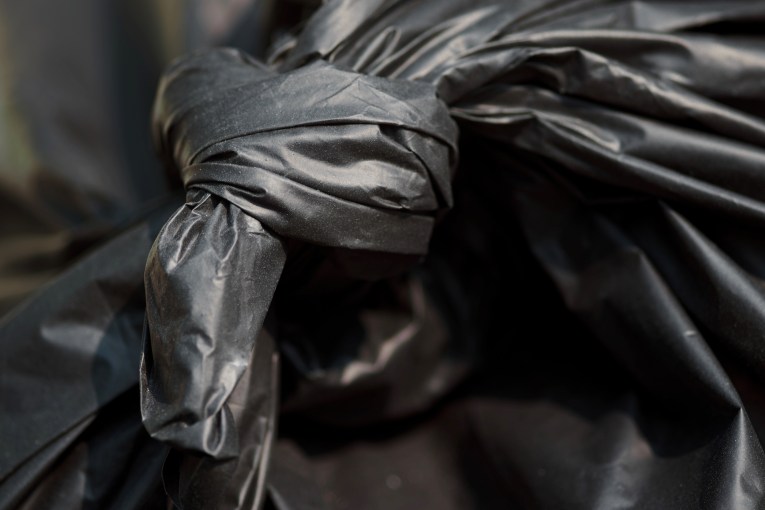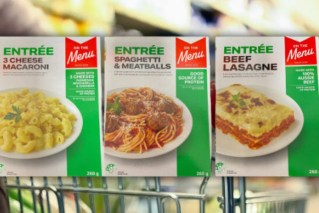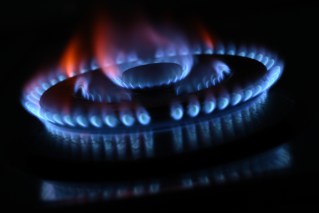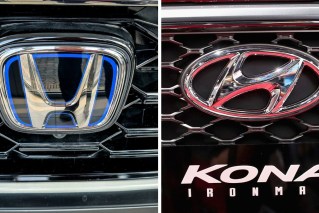‘Expect more’: Why Woolworths won’t be the only retailer adopting QR code payments

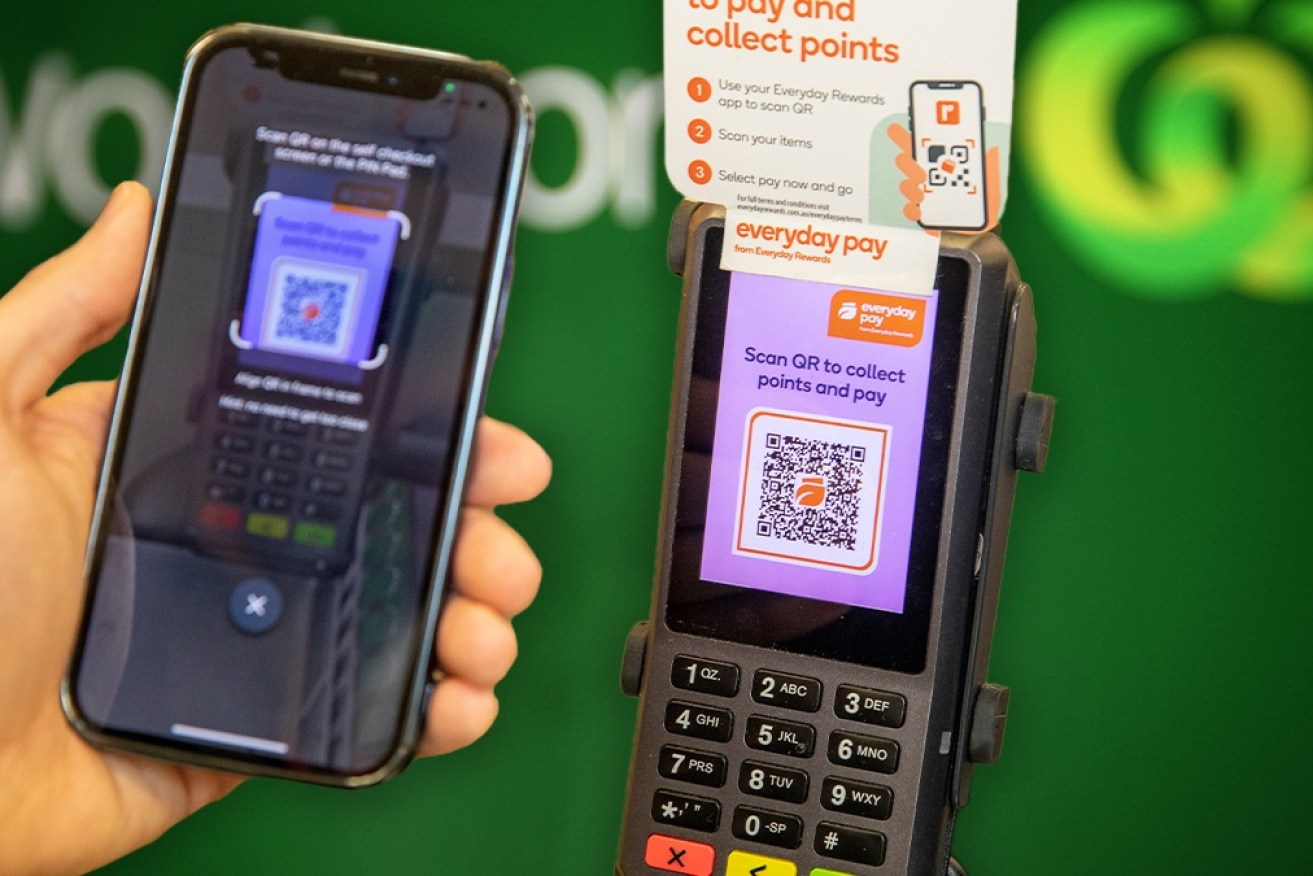
Experts say Woolworths won't be the last major retailer to adopt QR code payments. Photo: TND
Your trip to the supermarket may be changing this week as Woolworths unveils new QR code payments, creating a whole new way for shoppers to pay for their groceries.
The supermarket said on Wednesday that customers can now link their debit and credit cards to the Woolworths Everyday Rewards app and pay for their shopping by scanning an in-store QR code.
Loyalty points will be automatically applied, eliminating the need to scan multiple cards.
The system has been touted as a faster and more convenient way to finish your supermarket trip, with Woolworths saying customers have become more comfortable with QR codes during the pandemic.
“We know speed, ease and contactless payment at the checkout is important to our customers as they lead increasingly busy lives,” Woolworths executive Hannah Ross said on Wednesday.
“By integrating the ease of QR code payments with our Everyday Rewards app, we can save our customers time at the checkout and help ensure they never miss a rewards point again.”
The QR code payments technology is also available at all Big W stores.
And Australians can expect to see the technology elsewhere soon, with Coles saying on Wednesday it was trialling the technology.
“Coles is working with industry participants to deploy QR code payment capabilities across our stores and online,” a spokesperson said.
“We plan to create an omnichannel store experience for our customers using QR code payments through flypay via the Coles app.”
‘Frictionless’ payments
Retail expert and Queensland University of Technology professor Gary Mortimer is unsurprised retailers are moving quickly towards QR codes.
He said most people learned how to use them while checking in and showing their vaccine certificates during recent COVID-19 outbreaks.
That has positioned the technology as a natural solution for Woolworths as it tries to enable more “frictionless” checkout experiences for customers, he said.
“Now, shoppers can simply scan the QR code at the checkout. Once their items have been scanned, payment is automatically made, and [Everyday Rewards points are] accrued,” Professor Mortimer said.
“I would imagine busy consumers racing in after work, or parents wrangling toddlers will adopt this technology.
“No need to hunt around for multiple credit cards, loyalty cards or gift cards any longer.”

Woolworths has installed QR payments at all its stores nationwide. Photo: Woolworths
There are other benefits, too. Customers using QR payments will have special offers and loyalty discounts automatically applied to their shop.
And digital receipts will be served to customers in Woolworths’ mobile app, removing the need to keep track of paperwork.
Consultant and CEO of Retail Doctor Group Brian Walker said these useful features should boost adoption of QR payments.
But he explained retailers are playing a much bigger and longer-term game, with customer data being the real prize for businesses.
‘Expect more’: QR codes to take off
Mr Walker said QR payments allow retailers to gather more accurate and insightful data about customer shopping habits and behaviours.
And as more people adopt QR codes over time, the quality of this data will improve dramatically, making it an “incredibly valuable asset”.
“You’re not just making a payment as such, you’re providing the retailer with very valuable data about yourself,” Mr Walker said.
“Retailers are engaging in platforms that enable them to transact and collect really valuable data on not just you, the customer, but your product selections.”
Mr Walker expects other retailers like Kmart and Target to adopt QR codes before long, saying it will become a competitive imperative for businesses as consumer adoption continues to rise.
“Expect more – it’s going to become increasingly common and enable far more direct and predictive marketing from these retailers,” he said.
QR codes will likely extend beyond the checkout too, Mr Walker said.
They could also be used to provide “gateways” to additional product information in store and also enable digital advertising, he explained.
“As we start to move to this idea of mixed realities – virtual and augmented reality – you will see QR codes open up gateways into graphics, videos and other information,” Mr Walker said.
“You could go into Woolworths and scan a QR code then see all the various ways a product can be used in cooking and the top 10 recipes you could make.”
